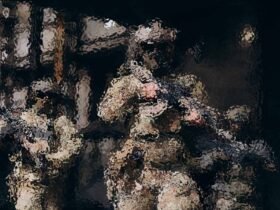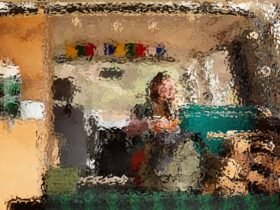Difference between Stock at Start and Stock at Close
in your accounts at the amount you’re going to sell it for.
makes cushions to sell. Her stock figure will include raw materials
such as fabric, cushion pads and zips; half-finished cushions; and
completed cushions.
bought a large roll of Christmas fabric and did not sell all of it as
cushions. In January she decides to sell off the remainder at a
knock-down price, less than she paid for it, to a quilter. She must
change the value of that fabric in her accounts from the amount she paid
for it, to the amount she expects to get for it.
| Debit | Income Statement |
| Credit | Inventory |
| Debit | Inventory |
| Credit | Income Statement |
| Inventory Account | |||
| Debit | $ | Credit | $ |
| Balance b/f | 100 | Income Statement | 100 |
| Income Statement | 200 | Balance c/d | 200 |
| 300 | 300 | ||
| Opening Inventory | 100 |
| Add: Purchases | 500 |
| Less: Closing Inventory | (200) |
| Cost of Goods Sold | 400 |
Note that the cost of goods sold is not simply the cost of purchases during
the period. This is the application of the Matching Concept which
requires expenses to be recognized against periods from which associated
revenue from the expense is expected to be earned.
Therefore, as closing inventory is not consumed at any given accounting period end, it
must not be part of expense which is why it is deducted from the cost
of sale.
Similarly, as opening inventory is consumed in the current
accounting period, it must therefore be added to the cost of goods sold.




















Leave a Reply